How to Prepare a Natural Bedroom for Your Child
You may soon be expecting the pitter-patter of tiny feet into your home. Or maybe you have finally found the time and the money to spend doing up your child’s bedroom, searching for matching paint and curtains, and perhaps even some new flooring? Unfortunately, manufacturers don’t make it easy for us to navigate this eco-conscious path. So I’m here to give you some great tips on creating not just the cutest little room but also a natural bedroom giving your loved one the best start possible in life.
Plan to create a natural bedroom
Decorating a bedroom is not something you want to be doing when the baby arrives. It is almost impossible to buy 100% toxicant-free furniture or flooring, so aim to get the work done in advance allowing time for the materials you buy to off-gas before use.
Let’s take a look at some healthy eco-conscious natural bedroom options starting with flooring, then paints, beds, lighting and EMF.
Flooring in your child’s room
When it comes to flooring and children you really want to think about low maintenance. My preferred options are recycled/reclaimed floorboards, certified sustainable floorboards (e.g. FSC), bamboo, stone or concrete, natural linoleum (PVC-free also called Marmoleum), cork or tiles.
A few things to look out for:
With wood, make sure a certified product (FSC or the like) is 100% certified, often times only part of the product will be. The rest may be synthetic wood! There are also three different FSC certifications: FSC 1000%; Mix; and Recycled. The latter is the most sustainable.
Concrete is an incredible choice because not only is it low maintenance but you can also ground or earth while being inside. This means you can access the healing benefits of the Earth’s surface inside! You can’t ground through wood or carpets. Instead of polished concrete, finish it with a low-toxicant oil such as those from Livos oils.
With bamboo flooring make sure the glues used to hold it together are certified as having low VOC emissions and are formaldehyde-free. Most of them in Australia
Carpets are not low maintenance but they are popular because of their warm feel, softness and lack of noise underfoot (if quietness is a concern, I’d still consider bamboo – it’s density reduces the sound factor considerably!).
There are a few key reasons to avoid carpets.
They are a big ‘no-no’ if you have allergies or asthma. They also have high potential to release toxicants into the air around you, as VOCs are off-gassed. The newer the carpet, the worse the effect.
The allergy factor arises from their ability to trap dust so well. Dust is comprised of dirt, bacteria, mould, chemicals, pesticides, house dust mites, persistent fire retardants, heavy metals, VOCs etc. So if you have an allergy to anything found in dust you will react. The thicker the pile, the more dust and chemicals.
Leaving your shoes at the front door will go a long to way reducing your toxicant load inside the home.
If you are looking for natural fibres, then alpaca carpets or rugs are brilliant as they use no dyes. They come in all sorts of natural colour patterns, just like the animal! Check out Velieris for one of the few stockists.
Pure wool is a better choice than synthetic carpets. They are even better if you can find them undyed and free of chemical treatments such as insecticides used to deter moths.
You can buy organic cotton and wool carpets and rugs devoid of toxicants from Blessed Earth. These carpets are coloured using non-toxic vegetable dyes.
Hemp, Angora goat and Llama are other great natural carpet and rug options.
If natural fibre carpets are out of your price range, then you can find carpets made from recycled polyester or nylon. I’m sure it goes without saying that synthetic carpets are a poor choice given they are petroleum-based and usually laden with all sorts of chemicals for stain resistance, fire-protection, mould and pest control. If you do buy one make sure the carpet shop
Regardless of what type of carpet you buy, the underlay, backing and glues may still be problematic. The backing is usually made from the toxic plastic PVC, synthetic rubber or polyurethane and underlay is a foam-based concoction. Look out for jute or natural latex options instead. The least toxic glue is a water-based low VOC option.
If you do have carpet, and especially if you have allergies, make sure you use a vacuum cleaner that has a HEPA filter – this will capture tiny particles of dust rather than recirculate them back into the air which is what standard vacuum cleaners do. You should also have a motorised head on your vacuum to dig deep into the pile.
Never buy stain-resistant carpets or fabric. These contain toxic perfluorinated chemicals the same chemicals found in your non-stick cookware and are linked to many health effects including cancer.
Try to keep it as natural as possible and your little one’s lungs will be very happy.
Painting your child’s bedroom
If you are going all out to ensure your natural carpet is free of toxicants, then you also need to ensure you are using a natural or low VOC paint. Otherwise, all your hard work will be in vain as the toxicants in your walls will simply accumulate in your carpet.
Paints give off toxic VOCs including toluene, formaldehyde and benzene which are known carcinogens or neurotoxins.
These toxic gases can actually cross the placenta and affect your foetus. Oil-based paints are a lot more toxic than water-based paints.
Paints off-gas VOCs (Volatile Organic Compounds) for days and often months after having been applied. Latex paint is also a thing but
Odour free paints are also not the same as chemical free or VOC free. And zero or low VOC does not mean there are no chemicals in the paint!
Finding this post helpful? Pin it for later!
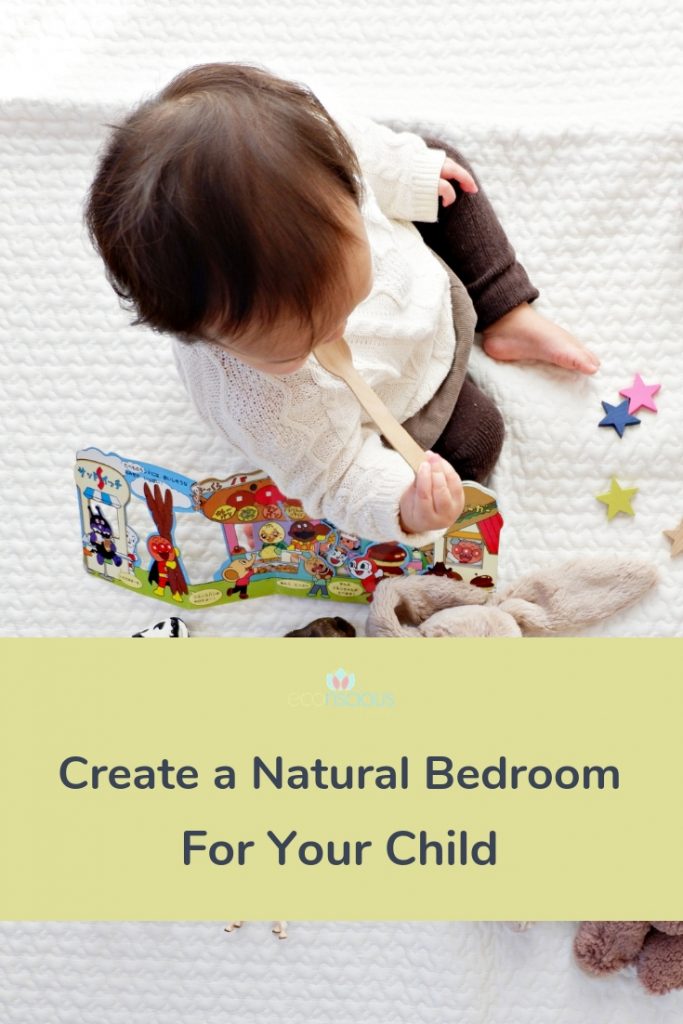
There are a few different options when it comes to choosing low toxicity paints: Low VOC, zero VOC and natural paints.
Natural paints made from earth minerals or plants are my favourite as they do not contain the toxic chemicals that synthetics do. These include the Livos brand, BioProducts and Rockcote
Milk paints are probably the least toxic of all but can only be used indoors on furniture.
There are many low VOC paints including Rockcote as well as many of the common paint brands Wattyl, Solver, Dulux but do some homework on the actual levels of VOCs as they vary a lot.
Regardless of the paint you use, ensure you ventilate the room well during and after painting and consider using an air purifier to make sure the paints have well and truly off-gassed.
The
Cots and beds for your child
Buy Australian-made wooden cots and furniture to avoid toxic chemicals. Much of our imported furniture is not subject to the same regulations as furniture made in Australia. For example, formaldehyde, a known carcinogen, is often found in imported furniture, whereas it is banned in Australian-made furniture.
A lovely brand that uses sustainable wood and low toxicity finishings
Buy a cot mattress that is made from natural and preferably certified organic materials without inner springs. Most mattresses are made from synthetic materials containing polyurethane which contains flame-retardants.
Instead, seek out natural materials – certified organic cotton and 100% natural latex is great.
Inner springs made of metal are not ideal as they magnify the effect of electromagnetic fields, which interfere with sleep, as well as other health effects (see below). But if you are not reducing the EMF in your home by turning off WiFi and any other wireless devices when your children are sleeping then this is really a
Your child’s bedding
Buy bedding that is made of natural fibres, preferably linen, hemp or certified organic cotton.
Linen, the original
Hemp and bamboo use little if any pesticides but the bamboo manufacturing process can be quite toxic, so organic bamboo lyocell is a better option.
Cotton is one of the most heavily sprayed crops in the world, laced with pesticides and chemicals. There are lots of certified organic cotton options available such as Organature.
Wait for the sales and you will get some really good bargains on these sustainable options. It will be worth it!
Pyjamas or baby clothes can contain fire retardants. These are mostly found in synthetic fabrics such as polyester and nylons. Stick to natural fibres instead. Any brand new clothes should be washed a few times before using to reduce any chemicals used in their manufacture and of
Other Bedroom Furnishings
Buying second-hand furniture is great because it will already have off-gassed most of the VOCs.
Avoid products that contain polyurethane (foam) and fire-retardants e.g. brominated flame-retardants or PolyBrominated Diphenyl Ethers (PBDE). These toxic chemicals are found in a high percentage of portable cribs, furnishings, strollers, pillows, car seats and infant carriers. Fire-retardants are required because synthetic material is made from petroleum, which is flammable.
Many of these chemicals have been linked to health effects including cancer and birth defects. IKEA does not use brominated flame-retardants in any of its furniture or mattresses.
When buying furniture, buy Australian-made and stick to natural fabrics: leather, wool and cotton, as they are natural flame-retardants.
Unfortunately, it is not possible at this time to purchase an Australian compliant car child seat that does not contain fire retardants.
Curtains in your natural bedroom
It’s best to avoid curtains to reduce the dust load and VOCs. Blinds are a better option.
The block out fabric on curtains commonly contain endocrine-disrupting chemicals such as vinyl which off-gasses but also traps dust which can be hard to get rid of. Either skip the block out altogether or install blinds made from a natural material, being careful also to avoid vinyl. External shutters also work really well.
Protecting your child from EMF in their bedroom
Reducing the electromagnetic fields in your nursery is critical to the health of your child.
Make sure your cot is not lying against a wall that has a meter box, fridge or oven on the other side. The meter box and large appliances emit strong AC magnetic fields, which are associated with serious health conditions such as childhood leukemia. Move the cot at least 2 metres away from the wall or move bedrooms.
Baby monitors – this is a big one. Wireless baby monitors will not help your baby sleep. They emit really strong electromagnetic fields (EMFs), which interfere with melatonin production and sleep, and are associated with many other health effects. A wireless baby monitor at less than 1 metre away from a baby’s cot has been found to be roughly equivalent to the microwave radiation experienced from a mobile phone tower only 150 metres away.
The wired analog versions are best (search them up on Amazon). Failing that, if you really feel you need a baby monitor, position it as far away as possible from your baby’s bed – at least 2 metres and don’t use one that has a video which is worse.
Better wireless monitors are those that only activate when a sound is made rather than being turned on all the time.
Always turn off your WiFi off at night and any other wireless devices e.g. tablets, Apple TV etc. and check out these other actions for reducing EMF exposure.
Natural lighting
The best light is the old-fashioned lighting – incandescent bulbs in the evening and pitch dark at night. Although energy-efficient, LED and fluorescent lighting should be avoided as they are really bad for your sleep and health in general.
If you really need a light on at night, go for small red night lights which we use or you can purchase red globes online to use in your bedside lamps. Red lighting won’t disturb your sleep.
A Himalayan salt lamp would also be OK.
Dimmer switches on lights are also not recommended as they generate a specific type of harmful EMF called Dirty Electricity. If you do have them, either leave them on high to reduce the EMF effect or have them inactivated.
Useful Tools
If you have no idea where to start looking for eco-conscious products then there are a couple of tools you can use
Ecospecifier
Good Environmental Choice
I have saved lots of eco-conscious bedroom options on my Pinterest too!
In a nutshell, the best advice is to keep everything as natural as possible. Everything from your bedding to your paints, mattresses and pyjamas. And don’t forget to open those windows and doors every day and leave your shoes at the front door!
If you’re based in Perth, Australia, get in touch with me if you would like a Nursery or Bedroom Audit customised completely to your needs.
This blog post contains affiliate links, which means that if you buy one of the products I recommend through a link here, I earn a tiny commission. I only recommend products that I, myself, use. I will never recommend to you something that I haven’t tried and tested! Please feel free to send me a message if you want to know more about any of the products I share on the blog.
Shop the KillaPilla Pillow
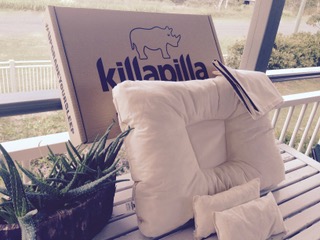
There are many studies that show how crappy pillows affect our sleep. Why do we spend thousands of dollars on mattresses and then we make do with a $10 pillow? I’ve recently upgraded to this ergonomically designed pillow made from non-toxic wool and GOTS certified organic cotton. NO chemicals are used in the manufacture of the pillow and it is Australian-made.
Use the code ECONSCIOUS10 at checkout for 10% discount!
Related Posts
The Best Natural Pillows For Better Sleep
If you truly want to make a simple upgrade in the bedroom that will change your health then keep reading to find the best natural pillows for better sleep
Why You Should Have a Home Sauna for Better Health
Quite simply if there was a pill that did ALL the things that research is showing us saunas do, you would be taking it. Here’s why and my recommendations
Myth Busting: How Effective Are Air-Purifying Plants?
It’s a common belief that air-purifying plants are an effective way of removing VOCs and toxicants from the air in your home. I’m afraid not, here’s why…
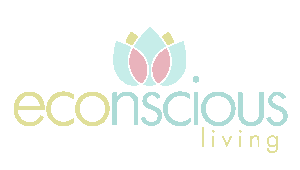



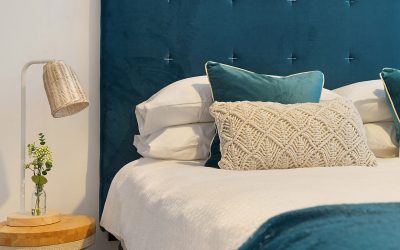
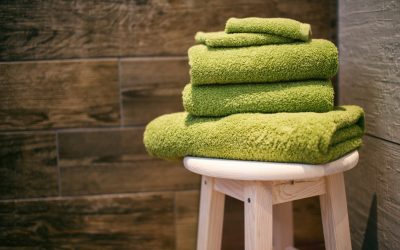
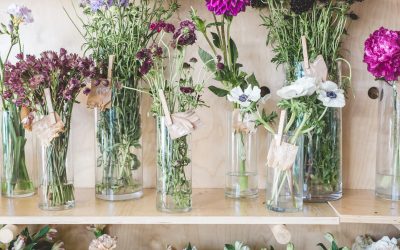
Thanks for giving useful information https://milariorganics.com.au/toddler kids pillow